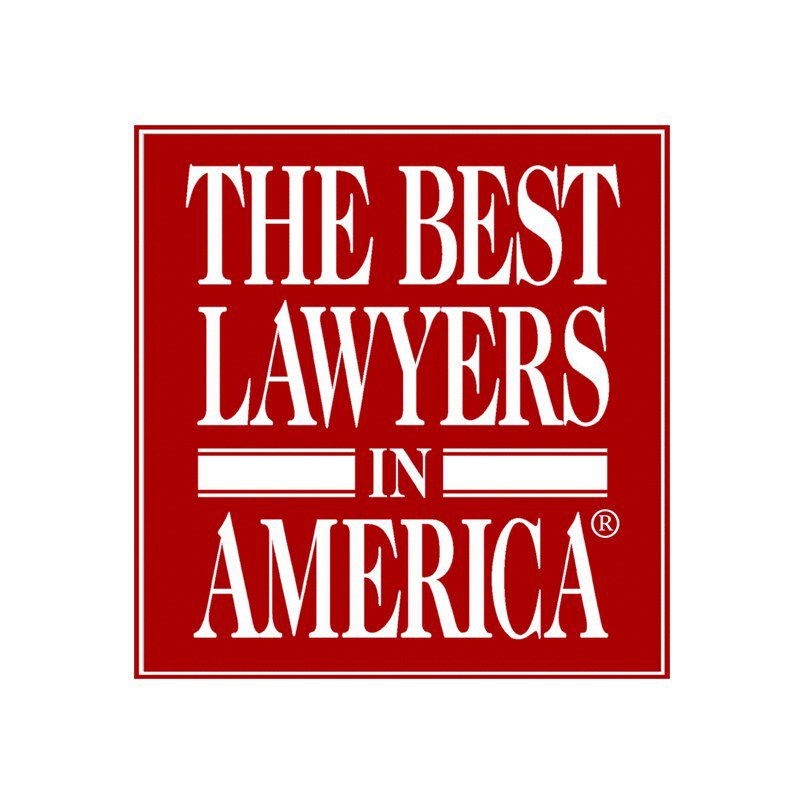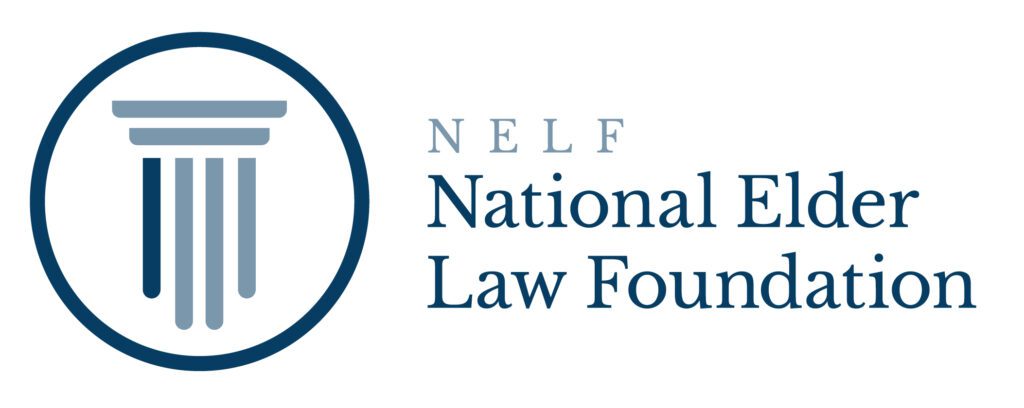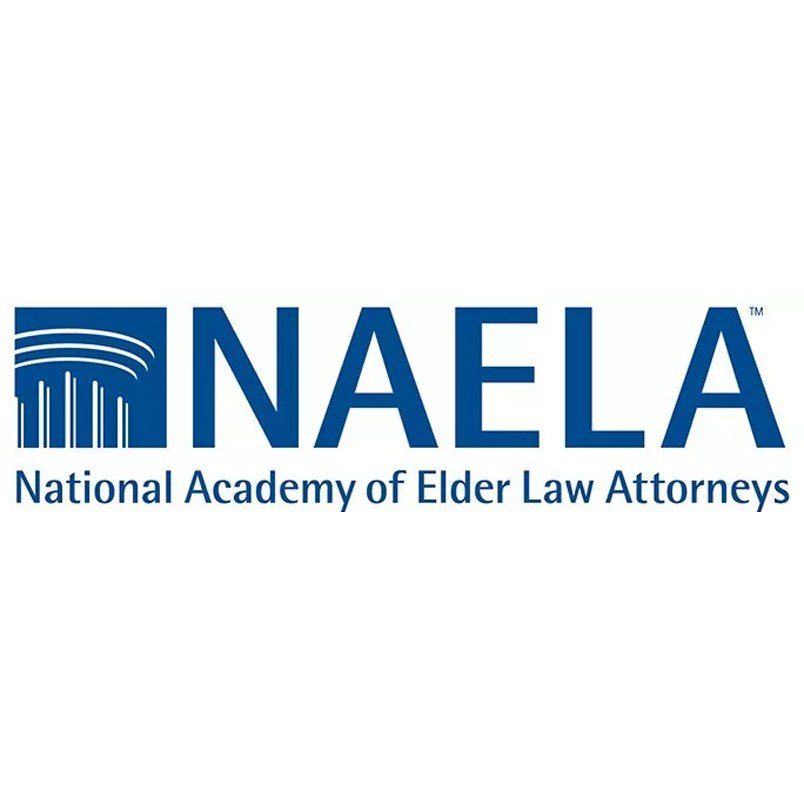Part 3: Asset Protection Trusts
The third installment of Just the Basics will focus on asset protection trusts. Asset protection trusts are a powerful tool that elder law attorneys use to help their clients protect their assets against the cost of long-term care.
Yesterday, I was at a country club in Dallas, PA giving a presentation about estate and long-term care planning. Inevitably, I talked with the group about asset protection trusts and how they can be used to help protect assets from the cost of long-term care. The group had a lot of questions about how these trusts work, and how they fit in with the Medicaid program’s gifting rules. Naturally, I thought it was time to write another Just the Basics article to answer some of these questions.
The type of asset protection trust that we use most often is called an “irrevocable grantor trust.” Each word – irrevocable, grantor, and trust have an important meaning.
Irrevocable means that once the trust is created, the person who created it (called the “settlor”) cannot simply “take it back” or “undo” it. In order to be effective in protecting assets against the cost of long-term care, the trust must be irrevocable. If the trust is created in such a manner that allows the creator to simply “undo” it, the trust is called a revocable trust and is not effective at protecting assets from the cost of long-term care.
This does not mean that the settlor cannot get money or other assets they put into the trust out of it. The settlor does, however, have to work with their trustee and follow special rules in order to make this happen. These rules have to be followed because once the assets are put in the trust, they are not the property of the settlor anymore. This is why the assets can be protected from the cost of long-term care.
The word “grantor” comes from the Internal Revenue Service (IRS). A grantor trust allows income earned by assets in the trust to be taxed at the settlor’s individual income tax rate. Other kinds of trusts are taxed at higher trust tax rates so usually this is a benefit to the settlor. Beneficiaries of the trust have to pay inheritance tax on the assets they receive when the settlor passes away but they benefit from getting a “step-up” in tax basis by doing so which means they do not need to be concerned with capital gains earned during the settlor’s life. This is usually a gigantic benefit to the beneficiaries – particularly where real estate is involved.
In my opinion, it’s really fitting that the device we use to accomplish this plan is called a “trust.” This is because the settlor truly has to trust the trustee they choose to manage their assets. A trust is a legal arrangement where one party gives assets to another to manage for them or some other beneficiary. It goes without saying that the settlor should trust their trustee to act in their best interest and work with them to accomplish their goals in the future.
Aside from the tax benefits mentioned above, there are a host of other benefits to using asset protection trusts in estate planning. Most important is the ability of these trusts to shelter assets against the cost of long-term care.
The hottest topic of discussion at my seminar yesterday revolved around the Medicaid gifting rules and the use of asset protection trusts. Use of an asset protection trust is what we call an “early” planning technique. A transfer of assets to a trust is considered a gift under Medicaid rules. Therefore, the five year look-back period applies to transfers to asset protection trusts. This means that transfers to a trust made more than five years before applying for Medicaid do not need to be disclosed as gifts on the Medicaid application. Transfers to trusts made within the five years prior to applying to Medicaid do need to be disclosed and will cause an ineligibility period for receiving benefits.
The moral of the story here is simple: asset protection trusts can protect assets from the cost of long-term care, but the ordinary Medicaid rules still apply – including the limitations on gifting. Therefore, engaging in this planning is advised when clients are unlikely to need long-term care for the next five or so years. This means this is a good technique for early planners.
The next question people ask is – what should I put into the trust? Every case is different, so there is no perfect answer to this question. There are, however, some rules of thumb that we can follow.
The home is a great choice to put into the trust. When a client puts their home into the trust, they retain the right to live there for the rest of their lives and they continue to pay the taxes and other maintenance costs for the property. This gives them a lot of additional protection that simply giving the home to their children would not. In addition, the home can be sold and a new one purchased by the trust without creating an additional look-back period. Clients generally don’t see any change in their lifestyle after making this transfer. When the settlor(s) die, their beneficiaries have to pay inheritance tax but they do not have to worry about capital gains accumulated during the settlor’s life which is often significant on property.
Money and other investments are also appropriate items to transfer to a trust with a few caveats. First, it is not advisable for clients to transfer everything they own to an asset protection trust. While these are great vehicles for protecting assets against the cost of long-term care, clients need to keep enough money out of the trust to maintain their lifestyle and enjoy themselves. How much they should transfer or keep out of the trust is a highly fact specific question.
Secondly, retirement accounts such as IRAs or 401(k)s are not appropriate to transfer to asset protection trusts because of tax implications of liquidating these accounts. Most other investments, however, are good candidates to fund an asset protection trust.
If you are interested in protecting assets from the cost of long-term care, meeting with an elder law attorney to discuss your options is a great idea. We can help you decide if an asset protection trust or other type of plan is right for you.




